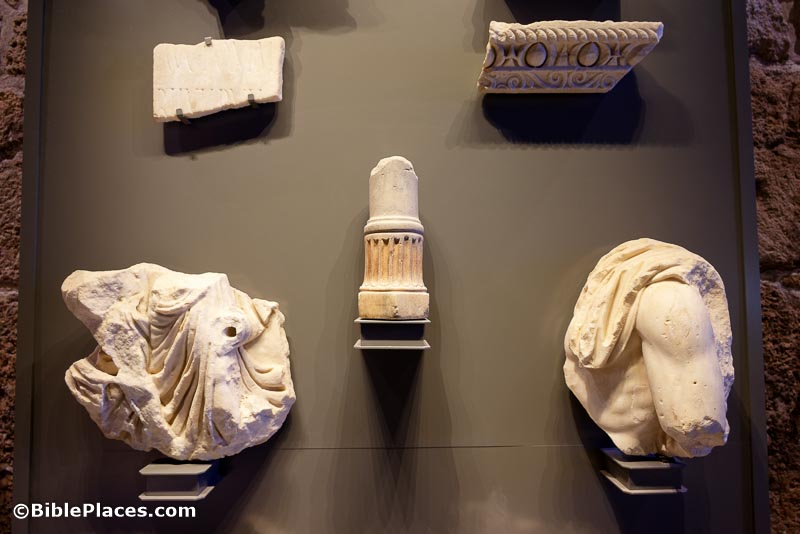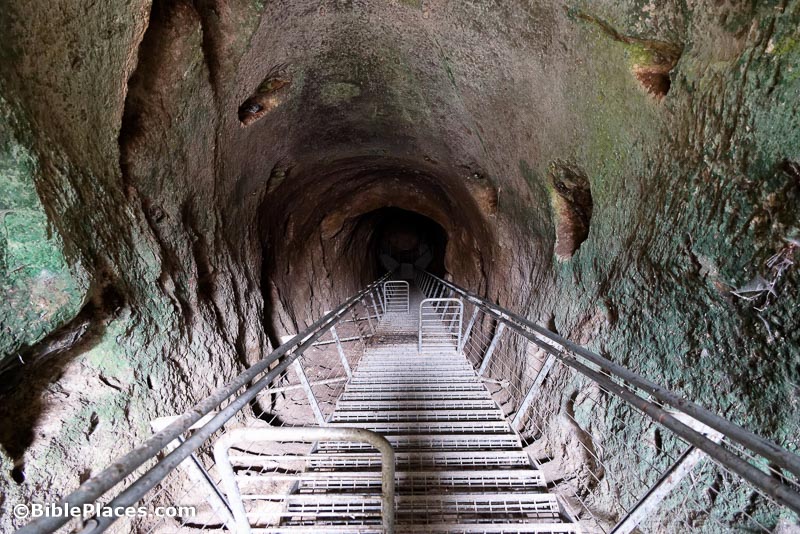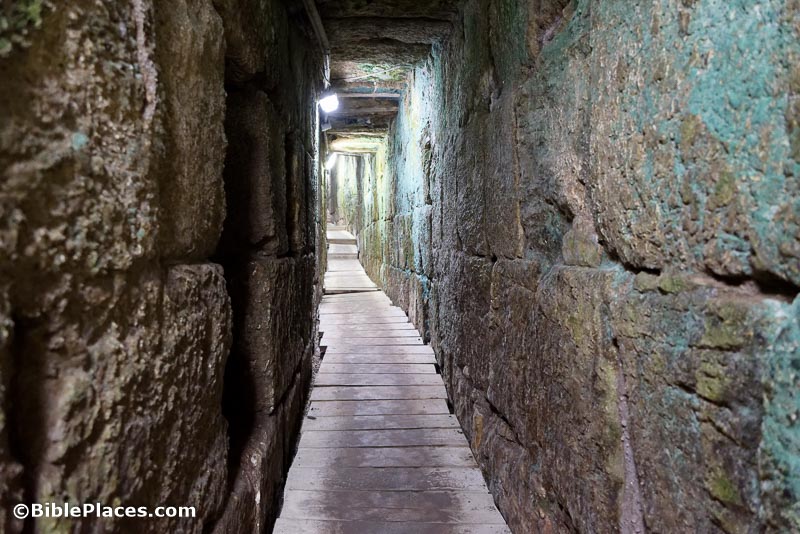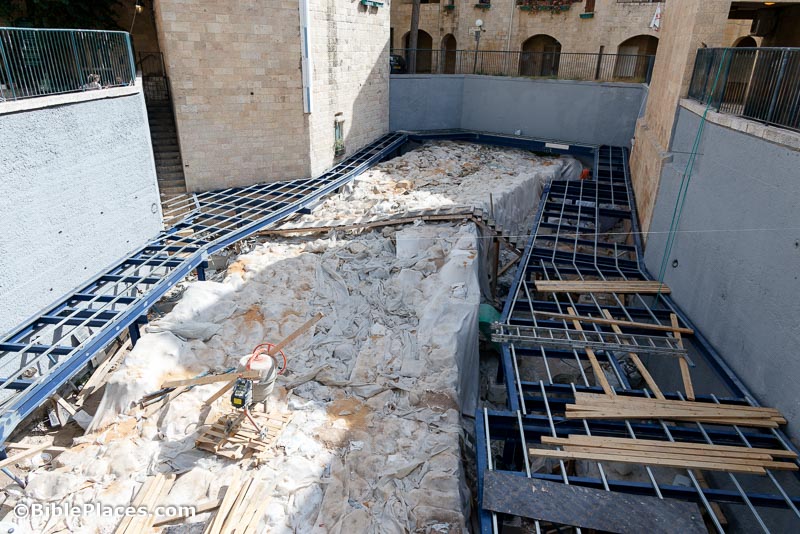Excavations at Metropolis in western Turkey have uncovered a Greek inscription honoring Gaius Fabius, the governor in 57/56 BC.
Officials have recovered 550 high-quality ancient artifacts from the earthquake rubble in ancient Antioch on the Orontes (modern Antakya).
“Archaeologists have excavated subterranean rooms and a tunnel under an early church in Istanbul, formerly Constantinople, the capital of the Byzantine Empire.”
Archaeologists working in Pompeii have found a servant’s quarters in the house of a rich person.
“A 30-day exhibition on agriculture – with fruits grown and tools used in cultivation – in ancient Egypt is on at the Luxor Museum to celebrate Inundation Day.” The article includes several photos.
“For the first time, a group of researchers have successfully extracted ancient DNA from a 2,900-year-old clay brick.”
“A team of Swiss and Greek archaeologists recently successfully completed the third season of a research program (2021-2025) on the famous wreck of Antikythera, which dates back to the first half of the 1st century BC.”
“Rare photographs of the excavations at the Greek Island of Delos from the 19th Century have come to light in a book by French archaeologists.”
Seth Sanders explores the question of who invented the alphabet.
“The electronic Babylonian Library (eBL) Project brings together ancient Near Eastern specialists and data scientists to revolutionize the way in which the literature of Iraq in the first millennium BCE is reconstructed and analyzed.”
An employee was fired and police are investigating after British Museum officials discovered that some of their artifacts were being sold on eBay. And now the director of the museum has resigned.
Zahi Hawass is imploring Arabs with British nationality to sign his petition to give the Rosetta Stone to Egypt.
HT: Agade, Arne Halbakken, Jason Borges, Ted Weis, Explorator



